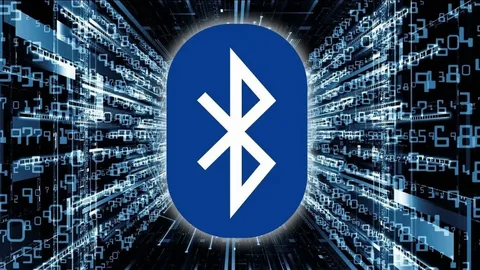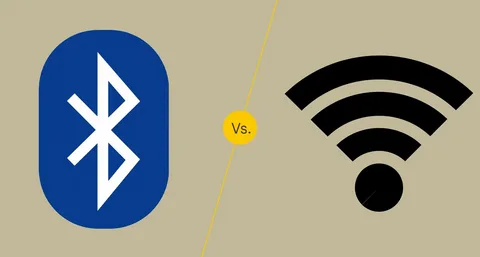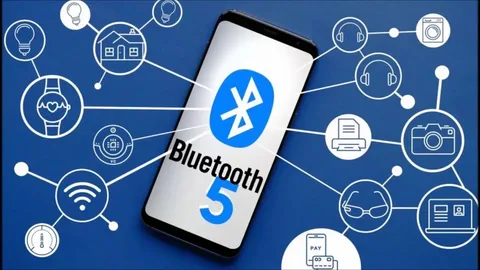Adverts
The Wireless Connectivity Revolution
In the era of ubiquitous connectivity, Bluetooth technology has emerged as a revolution, opening doors for wireless interconnection of devices. This transformative advancement brought with it the promise of a more fluid and convenient user experience. In this text, we will explore the rise of Bluetooth as a leading technology, highlighting its features, applications, and comparing it to the broad category known as wireless.

Bluetooth: A Brief History:
Bluetooth, conceived at the end of the 20th century, was named after Danish king Harald “Bluetooth” Gormsson, famous for uniting Norse tribes. The similarity lies in Bluetooth's proposal to unify devices through an efficient wireless connection. Originally developed for communication between mobile devices, Bluetooth has rapidly expanded its reach, finding a home in headphones, speakers, cars, and a variety of electronic devices.
Adverts
Bluetooth Features:
- Simple and Fast Connectivity:
Bluetooth simplifies the connection between devices, eliminating the need for cables and facilitating data transfer quickly and efficiently. - Efficient Energy Consumption:
Designed to optimize power consumption, Bluetooth is particularly efficient on low-power devices like headphones and trackers. - Variable Range:
Bluetooth range can vary from a few meters to around 100 meters depending on the class of device, offering flexibility in different usage scenarios.
Bluetooth vs. Wireless: A Necessary Comparison:

- Definition of Terms:
- Bluetooth: A short-range wireless communications technology designed to connect nearby devices.
- Wireless: A broader term that encompasses all wireless communication technologies, including Bluetooth, Wi-Fi, and others.
Range:
- Bluetooth is ideal for short ranges, making it efficient for nearby devices.
- Wireless is a broader term and can cover long-range communications, such as Wi-Fi networks.
Energy consumption:
Adverts
- Bluetooth is notable for its low power consumption, making it suitable for devices with limited batteries.
- Wireless can have variations in power consumption depending on the specific technology, being more variable than Bluetooth.
Specific Applications:
- Bluetooth is commonly used in headphones, speakers, tracking devices, and communication between mobile devices.
- Wireless covers a wider range of applications, including Wi-Fi networks for internet connectivity and other technologies for long-range communications.
The Future of Wireless Connectivity
As demand for wireless connectivity continues to grow, Bluetooth is evolving to stay relevant. Newer versions, like Bluetooth 5.0, offer significant improvements in transfer speed and range. However, it is essential to recognize that the term wireless encompasses a wide range of technologies, each with its own specific characteristics, collectively shaping the landscape of modern connectivity.

Conclusion:
Bluetooth has emerged as a driving force in the era of connectivity, providing an efficient way to connect devices wirelessly. Its simplicity, low power consumption and versatility make it a popular choice in many applications. When comparing it to the broader term wireless, we realize that Bluetooth is a crucial facet, but just one piece of the modern connectivity puzzle. The promising future of these technologies points to an increasingly interconnected society, where wireless communication plays a central role in our daily lives.



